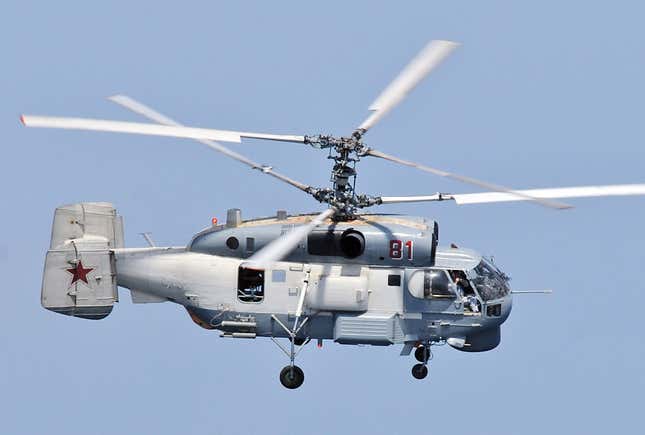
Researchers in China are looking to Mother Nature for inspiration to design the next generation of drones. Specifically, drones shaped like squid and scallops that would mimic their means of locomotion, allowing some of them to even leap from the water and take flight.
A robotic army of seafood would be of great interest to the military, which could use them to efficiently monitor areas without human supervision, redeploy themselves, and even attack other robots and humans.
According to IEEE Spectrum, scientists and engineers at Beihang University in China propose what they call a “squid-like aquatic-aerial vehicle”. Squid use water jets to propel themselves through the water, sprinting at high speeds and even bursting from the surface of the water.
Ejecting themselves from the water, they can even achieve controlled flight for short periods of time, using their fins as lifting bodies.
Meanwhile, researchers at the Swiss-based EPFL are working on a “bivalve inspired swimming robot”. This concept robotic calls for imitating scallops and their own unique propulsion method. A clam-like invertebrate, scallops quickly open and shut their two shell halves, sending jets of water from the rear of their shells. This pressurized jet moves the scallop a short distance, and by opening and closing their shells repeatedly scallops can “hop” short distances.
For example, here is a video of real scallops moving:
There are not a whole lot of civilian applications for drones of this sort of design, particularly ones that leap from the water and take flight. Perhaps a scallop-like drone would be useful for inspecting submarine cables, or counting wildlife, or as some kind of oceanographic sensor system, measuring things such as current, salinity, temperature, or other things. But all of those things could be accomplished by cheaper, stationary sensors.
The military, on the other hand, would be very, very interested in sea drones. The Navy could launch squid drones from submarines, unmanned underwater vehicles (UUVs), and from hardware packages sitting on the ocean floor. For example, an underwater listening post might pick up the telltale acoustic signature of an enemy submarine.
Such a post could launch a squid drone, which would breach the ocean’s surface, take briefly flight, and broadcast a short warning signal.

Squid drones could also have offensive purposes. A friendly submarine could launch a torpedo attack at enemy ships and then flee, dropping a pair of squid drones in its wake. As enemy choppers close in to hunt the submarine the squid drones could listen for the beating of helicopter blades, launching a disabling projectile at the enemy rotorcraft.
Scallop drones too could have value, providing propulsion for underwater sensors. A C-130 could fly over the Pacific Ocean, cargo ramp down, tossing out hundreds of scallop drones. The drones would sink to the ocean floor and then propel themselves, scallop-style, across the ocean floor, taking up position and then listening for enemy activity. The robo-scallops could even self-relocate, however slowly, moving to new areas when necessary or reconfiguring itself when a hole in the network’s coverage is detected.
While these robotic systems are being developed in civilian laboratories, civilian applications for them are a little hard to imagine. Unfortunately, it’s not at all hard to imagine military applications, some of which could have lethal consequences for human beings. The duality of man’s inventive nature has been a fact of life ever since he realized fire could cook food and burn his enemies to death. Seafood drones won’t be any different.